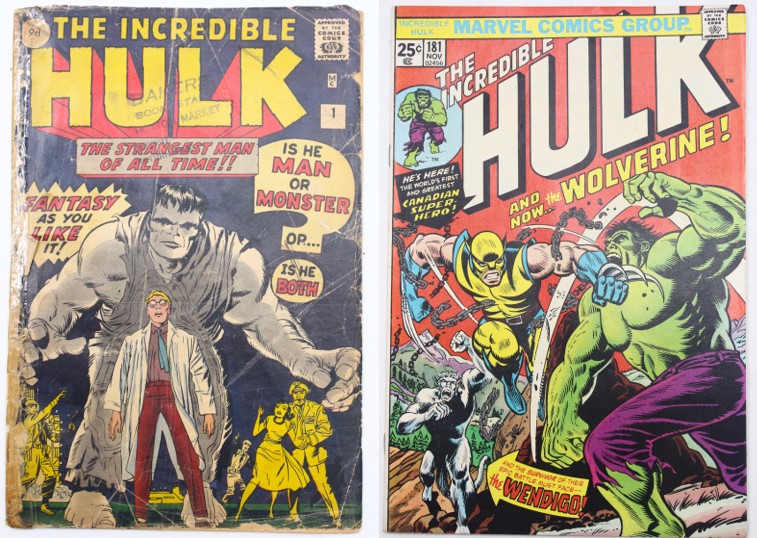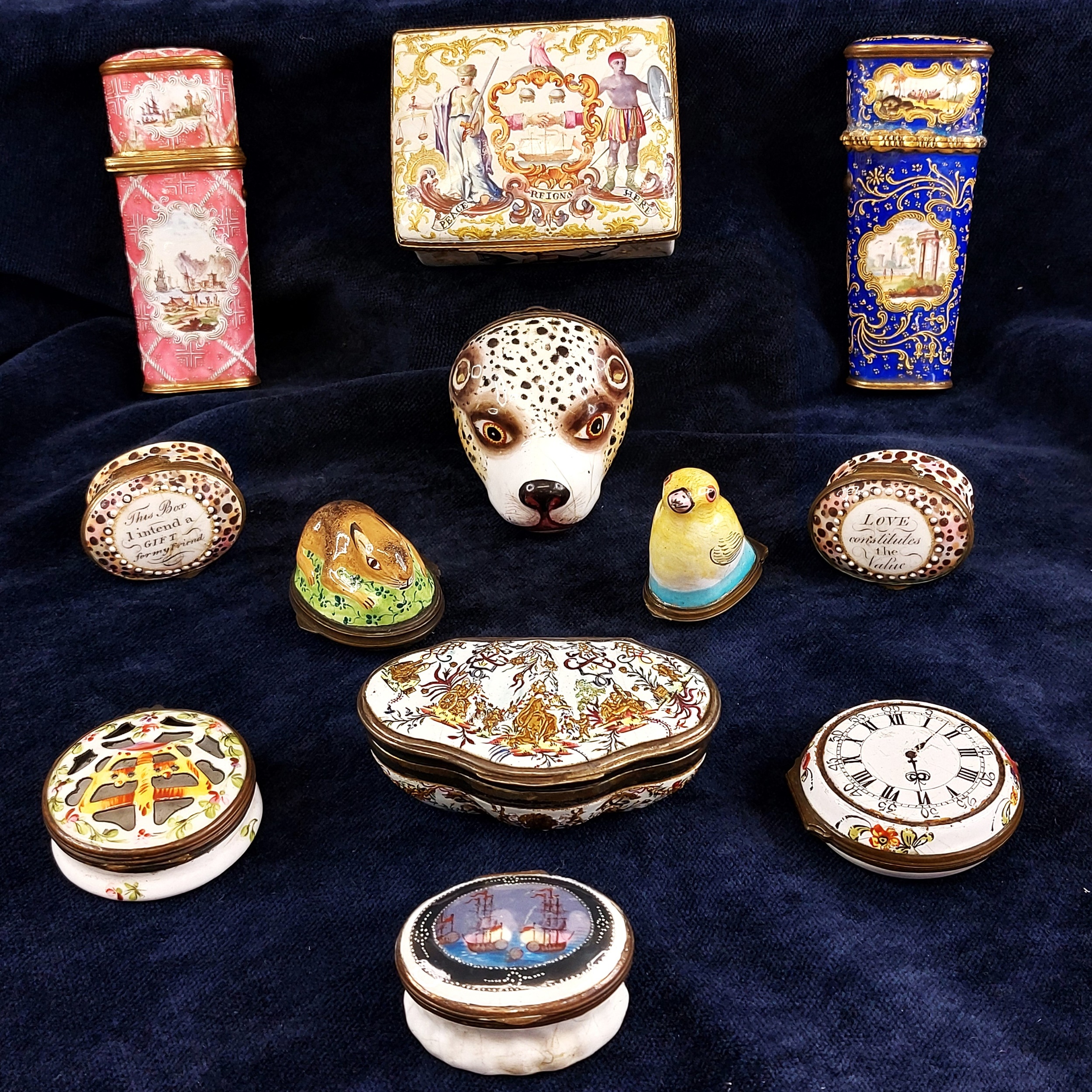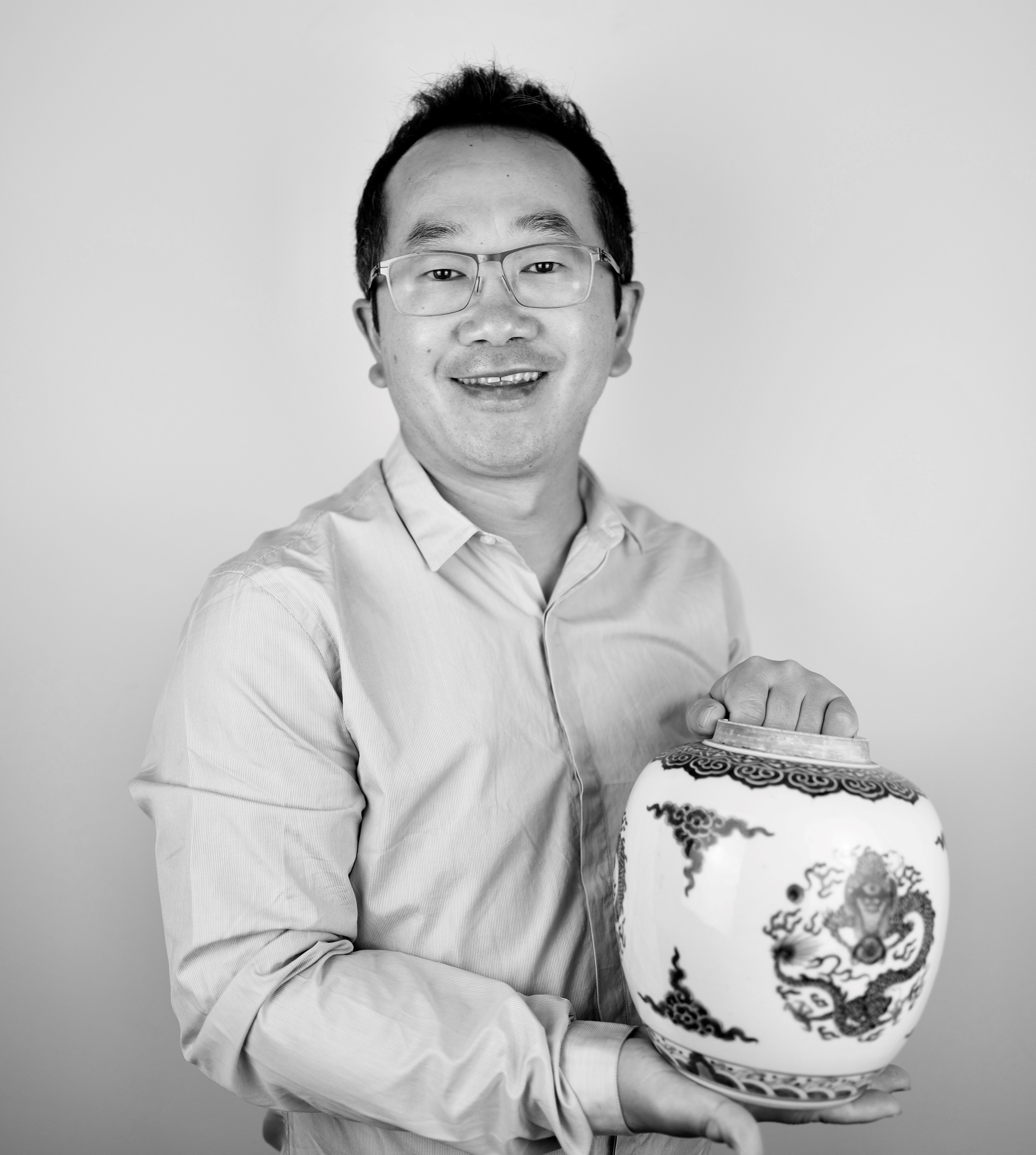A Timely Working Relationship
Our 17th June Fine Art & Antiques auction includes a selection of skeleton clocks by renowned 19th century Bury St Edmunds clockmakers John Pace (1783-1867) and Benjamin Parker (1795-1860).
Skeleton clocks are beautiful showcases of the inner workings and precision engineering which is involved in clockmaking. They became popular in England during the 19th century as the Industrial Revolution peaked and science and technology were regarded as the key to Victorian Britain’s achievements.
John Pace was born in Whitechapel and hailed from an eminent Quaker family of clock and watchmakers who had been registered as working in the area from at least the 1630s. By 1804 he is recorded as working in Bury St Edmunds, and later more specifically in Abbeygate Street (No.19) from 1823 until 1855.
In a town bristling with renowned clockmakers, Pace managed to rapidly gain a good reputation for his inventiveness as well as for the quality of his work. His ingenious nature led to him patenting an illuminated ‘night timepiece’ (No.6506) in 1833, and creating elaborate skeleton clocks such as these examples. However, Pace was clearly happy to work on all manner of clocks, watches and barometers, and formed a strong working relationship with Bury St Edmunds gunsmith and clockmaker Benjamin Parker – sharing design and precision work between them to produce excellent pieces.
Benjamin Parker was born in 1795 and baptised at St Mary’s Church in Bury St Edmunds in 1796. He was recorded as a gunsmith based at 30 Churchgate Street in the directories for 1839, 1844 and 1855. Possibly inspired by near-neighbour and collaborator Pace, he is recorded in Haggar & Miller’s 1979 Supplement to the Clockmakers of Suffolk as having two 400-day skeleton clocks to his name.
By the 1850s Pace was at the peak of his powers, and as such exhibited three examples of his work at the Great Exhibition of the Works of Industry of All Nations held at the Crystal Palace in 1851. This comprised of two clocks and a barometer; one of these being a skeleton clock which ran for three years on just one winding. He is referred to in the Exhibition catalogue as “Pace, J. Bury St Edmunds, - Inventor, Designer & Manufacturer”.
Fittingly, examples of both Pace’s timepieces and Parker’s guns are in Moyse’s Hall Museum collection here in Bury St Edmunds, where the world-renowned Gershom-Parkington Bequest timepiece collection is also on permanent display.





